Once considered the epitome of automobile fashion and luxury, whitewall tires provide a classic finish to vehicles that is reminiscent of era’s past. And although you can’t get whitewalls as an added accessory from the factory anymore these days, the style has remained a staple in certain car culture circles like hot rods, VW’s and classics.
If you’ve ever owned a car with a set of whitewall tires, you know they’re definitely more work to keep clean than the standard black wall tires used today. Jay’s got a few cars in his collection that sport the whitewall look, and we’re always working to keep them looking their best.
In today’s blog post, we’ll cover some of the basic care tips we use at Jay’s garage, and hopefully they'll help you keep your whitewall tires looking their whitest.
But first, a little history on whitewall tires. What are they and how did they even come to exist?
To start, rubber tires were originally entirely white in color. Rubber in its natural form does not age or wear well. Because of this fact, tire manufacturers began blending specific materials with the natural rubber to achieve different characteristics. One of those materials was zinc oxide. The zinc oxide helped with traction of the finished tire, but it was also a contributing factor that caused the tire to be completely white, tread included. By today’s standards, an all-white tire might look funny, but in their day they were the height of luxury. See the picture below:
Black tires didn’t emerge until manufacturers began blending carbon black into their rubber as a reinforcing filler. The carbon black increased the strength & durability of the rubber, but more importantly, it helped conduct heat away from specific areas of the tire. In an attempt to increase the lifespan as well as limit the amount of thermal damage endured by the tires, manufacturers began blending carbon black into the rubber and using it as the treaded surface of the tire, while leaving the side walls white. In the early 1900’s, you could buy tires with black tread and a white sidewall. This signaled that you had the best set of tires money could buy, and thus the trend was born. By the 1930’s, you could get whitewall tires on just about any car made, and customers flocked to the fashion statement.
In the early 1900’s, you could buy tires with black tread and a white sidewall. This signaled that you had the best set of tires money could buy, and thus the trend was born. By the 1930’s, you could get whitewall tires on just about any car made, and customers flocked to the fashion statement.
The biggest downside to installing a set of whitewalls on your car is simply keeping them clean. They scuff easily, show even the slightest amount of dirt, and god forbid you accidentally run up onto a curb (who remembers curb feelers?). And even if you don’t drive the car, the whitewalls want to turn yellow and brown just from being exposed to the elements. Needless to say, they’re a little high maintenance, especially when compared to their black wall counterparts. Here’s some of the tips & tricks we use to keep Jay’s whitewalls looking their best year-round.
 You want to steer clear of any harsh household cleaning products, or products that may contain alcohol or chlorine bleach. These may work in the short term, but they will also dry out the surface of the tire and cause premature wear.
You want to steer clear of any harsh household cleaning products, or products that may contain alcohol or chlorine bleach. These may work in the short term, but they will also dry out the surface of the tire and cause premature wear.Pro tip: for really stubborn yellow or brown staining, you can also use a scrub pad, or even sand paper to slowly and gently remove the yellowed layer until the white layer below shows through.
Frequent and routine cleaning will help keep your whitewalls looking their best. You can also use a quality tire dressing to help combat the harmful effects of the sun. Our Tire & Trim Care leaves behind a nice satin sheen, while shielding against harmful UV rays. It’s our go-to dressing when caring for Jay’s collection.
Hopefully these tips will help you the next time you're faced with the task of cleaning whitewall tires. If you have any questions or suggestions, leave them in the comments below. If you'd like to see us cover other popular detailing topics, drop us a line at [email protected].
Chris Walters
Older Post
Newer Post
Home » How to Clean Whitewall Tires With Ease
There is something special about clean whitewall tires.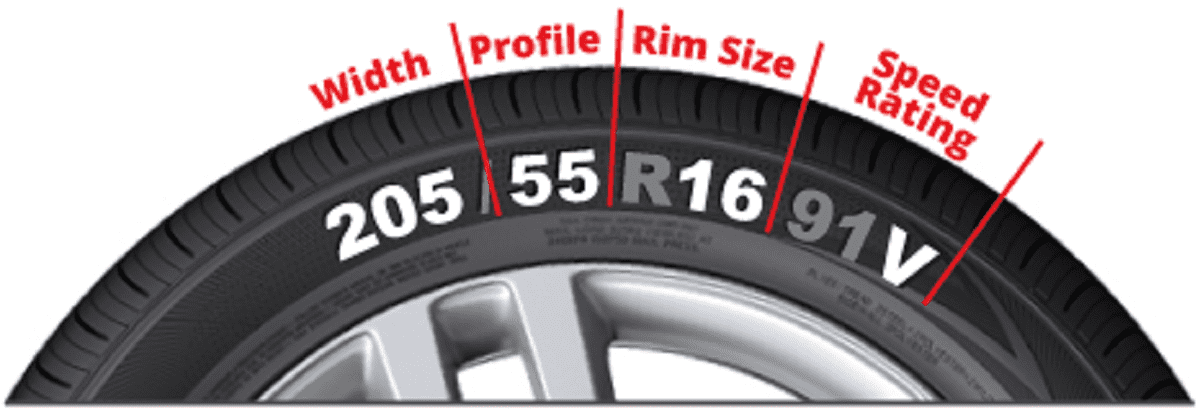 Upon first impression, they conjure up images from the past, for the younger generation, mostly from movies. Some things belong in the classic genre, and classics never die. Such is the case for these stylish tires.
Upon first impression, they conjure up images from the past, for the younger generation, mostly from movies. Some things belong in the classic genre, and classics never die. Such is the case for these stylish tires.
Back in the day, all tires were white due to the zinc oxide used in the tire manufacturing industry. This chemical compound was used to prevent or delay premature rubber wear. Even though perceived as luxurious, all white tires soon gave way to carbon black tires.
Whitewall tires mounted on a Mercedes.Carbon black tires took over the industry as it was deemed that these tires better conserve the rubber and provide superior traction power than the outmoded all white ones.
Whitewall tires will give your vehicle a special flair and old-school charm, if you keep them clean of course. There is hardly anything more unflattering on a car than dirty whitewall tires.
Tools for the JobAs you can imagine these types of tires get dirty quite easily; white is not the ideal color for rolling around on the ground! But if you’re willing to put in some extra effort and do a little bit of maintenance for that extra sense of class, here are the tools for the job you will need:
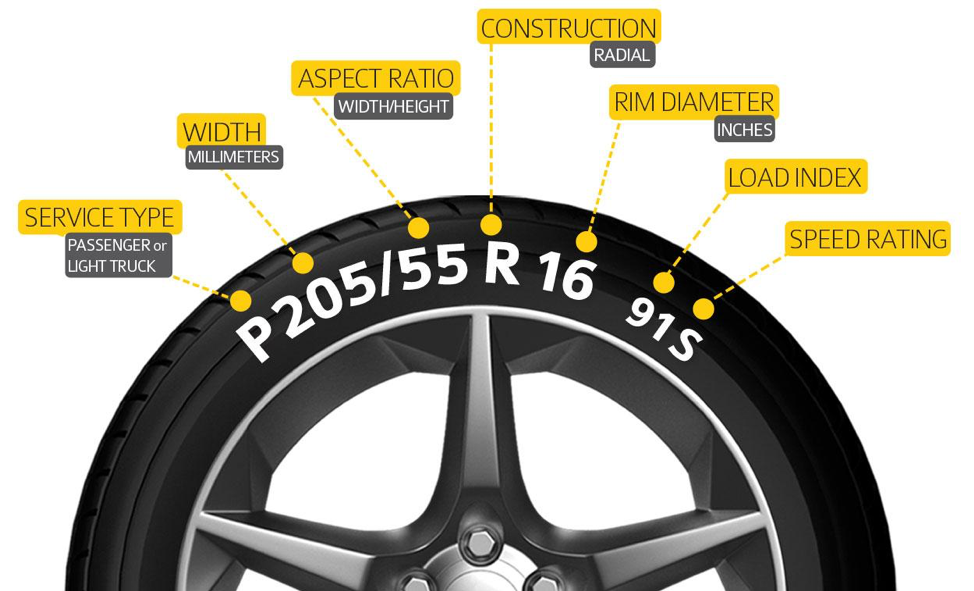 Cleaner designed specifically for whitewall tires
Cleaner designed specifically for whitewall tiresTo get the desired result you need to use a cleaner that is specifically designed for whitewall tires. In order to conserve your whitewall tires DO NOT use household cleaners that contain chlorine and/or alcohol, the same goes for tire cleaners that contain those elements. They will get the job done but they will definitely have a negative long-term impact on your tires. The best option is to use an all-natural whitewall cleaner.
First, wet your tires and use a wet SOS pad to pre-rinse. Next, spray the cleaner on the whitewall. If your chosen tire cleaning product is in liquid form, rather than spray, mix the product in a bucket with water. Soak your SOS pad in the mixture and wipe on the tire. After you’ve let the cleaner sit for a bit, it should help break down the dirt on your tires and intensify the white shine. After the cleaner worked its magic for about 5 minutes, the rinsing should start.
After the cleaner worked its magic for about 5 minutes, the rinsing should start.
Use your scrub brush to give the walls a thorough and vigorous cleaning. To get the best result, you should put some elbow grease into your scrubbing. Rinse your tires every few minutes while you wash them to see how clean they are getting. Reapply your cleaning product and continue until you are satisfied with the results after rinsing. After you have scrubbed your tires clean, use the pressure washer or hose to rinse them off thoroughly.
Tough StainsSometimes these tires can get brown and yellow stains which are not easy to clean. In this case you may have to use sandpaper or a scrub pad. You need to do this task with a light hand so as to not damage the tire while removing the layered build up of dirt and grime. Sand away the yellowed layer slowly and gently until a bright white layer emerges underneath and rinse the tires afterward.
Extra WhiteIn order to really accentuate the white on your whitewall tires, you can use baking soda. Sprinkle baking soda onto a damp cloth or sponge. Wipe the surface of your whitewall tires in small, circular motions. Rinse the tires clean. Rinse the cloth and reapply baking soda every few minutes until you’re satisfied with the results. You can also use eraser cleaning pads. Wet both the pad and your tires and wipe the tires down in small, circular motions. For best results, rinse or replace the pads between tires.
Sprinkle baking soda onto a damp cloth or sponge. Wipe the surface of your whitewall tires in small, circular motions. Rinse the tires clean. Rinse the cloth and reapply baking soda every few minutes until you’re satisfied with the results. You can also use eraser cleaning pads. Wet both the pad and your tires and wipe the tires down in small, circular motions. For best results, rinse or replace the pads between tires.
After you’ve put all this valiant effort into making sure your whitewall tires look just the way you want, the next task is to keep them in that state for as long as possible.
Racing tires with white sidewall.To maintain that white shine and prevent heavy duty cleaning you need to repeat this process at least twice a month. Use water, whitewall tire cleaner and a rag or sponge. If you do this frequently enough (a weekly cleaning would be optimal) a gentle soap should be effective enough to use.
If there is persistent dirt or discoloration, which is less likely if tires are regularly cleaned, research your options and use a stronger whitewall tire cleaner and scrub pad.
You can also use a water-based dressing to give your tires shine and protect them from harmful UV rays. Purchase the dressing and a foam applicator for it in the automotive department of most department stores, or online. Apply the foam to the applicator and wipe it onto your tires evenly until the desired effect is reached.
It takes some effort to keep your whitewall tires looking their best, as beauty takes patience and maintenance. But there is no replacing that feeling of freedom and individuality when you roll out on the street, sporting your clean, shiny whitewall tires.
Related materials
5 cool and inexpensive Chinese car ideas for autumn
You don't have to go to a car wash or a spare parts store to get your tires back to a deep black color. You can get by with improvised means, and some of them are sure to be found in almost every home.
You can get by with improvised means, and some of them are sure to be found in almost every home.
There are several ways to blacken tires that are safe and do not affect traction. In the absence of special means for restoring color, for example, shoe polish, glycerin, silicone oil, and even laundry soap and household chemicals are used. Each substance has its pros and cons, but it should be remembered that none of them fully possesses the qualities inherent in special solutions: neither long-term effect, nor protective properties, nor ease of use.
Related materials
11 factors that the driver needs to remember in the fall
Blackening tires with shoe polish or other shoe care product is the first thing that comes to mind. At the same time, the processing process itself is no different, only instead of a brush it is better to use a sponge so that splashes of shoe polish do not stain the body. We simply rub the sidewall of the washed and dried tire with shoe polish and let it dry.
To be honest, the result does not look very good, even when using the product with wax: there is neither shine nor color depth. The application process itself is also inconvenient - imagine what it would be like to process four wheels. The downside is that you have to wait for the shoe polish to dry completely before driving. Otherwise, road dust will quickly stick to the treated surface, reducing all the efforts made to nothing. Of course, there are also quick-drying paint creams, but their cost is such that it will still be cheaper to buy a special product for blackening tires.
Due to its consistency, glycerin creates a stunning jet-black glossy tire effect, and the degree of "greatness" can be adjusted by diluting the product with plain water. For one procedure, only one hundred grams of glycerin and the same amount of water are enough. We mix them, taking into account the fact that the less water in the composition, the more "fat" the effect will be.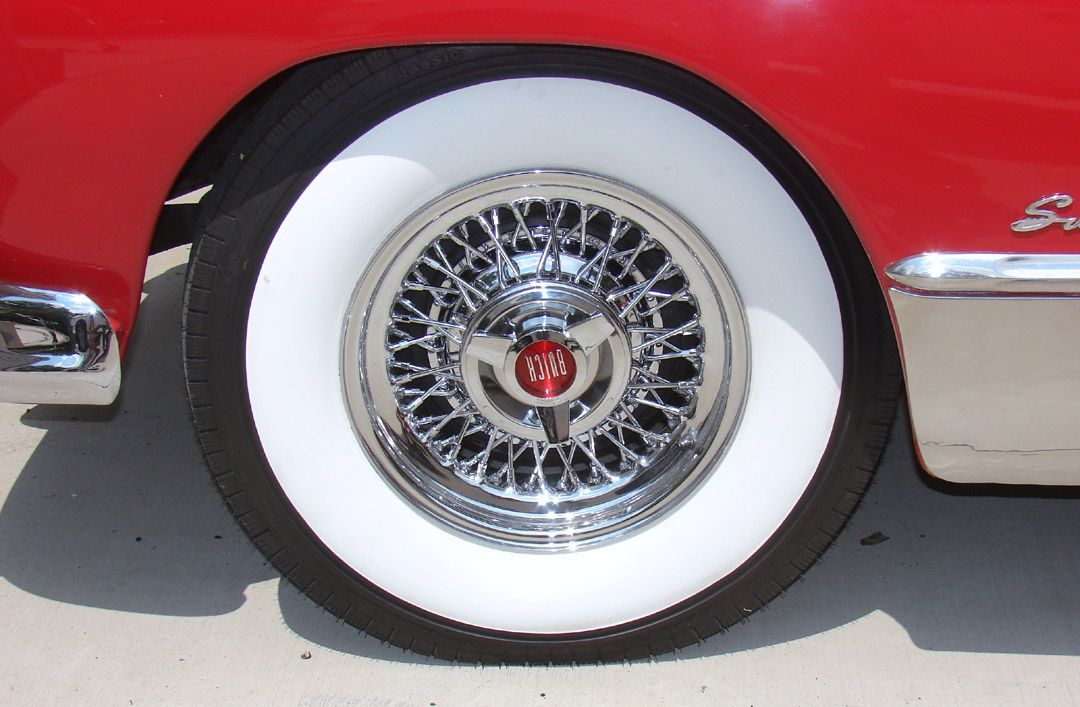 But it’s better not to spare water, otherwise dust will stick to the tires, as in the case of wet shoe polish. The composition is applied with a simple sponge without rubbing. By the way, unpainted black plastic body parts can also be processed with this compound.
But it’s better not to spare water, otherwise dust will stick to the tires, as in the case of wet shoe polish. The composition is applied with a simple sponge without rubbing. By the way, unpainted black plastic body parts can also be processed with this compound.
The advantage of this method is its low cost and the availability of glycerin in any pharmacy. The disadvantages overlap all the advantages: glycerin quickly ages rubber, causing it to crack. In addition, the composition is very well washed off with water - the very first rain or driving through a puddle will not leave a trace of glycerin. In dry weather, tires will only stay black for a couple of days.
Related materials
How to sit behind the wheel - check your fit
Blackening tires with silicone oil is not the cheapest way because it is not sold in small containers and you will have to buy an annual supply of funds right away. This method is the simplest, most efficient and less labor-intensive than the others. It is better to use medium viscosity oil, which will also come in handy for treating tires before winter or summer storage - this is the only substance described that somehow protects rubber from cracking, drying out, ultraviolet radiation and moisture.
It is better to use medium viscosity oil, which will also come in handy for treating tires before winter or summer storage - this is the only substance described that somehow protects rubber from cracking, drying out, ultraviolet radiation and moisture.
The effect after treatment with silicone oil is long-lasting and the tires look blacker than new. Silicone oil is also treated with door seals and trunk lids so that they do not freeze.
Laundry soap is perhaps the cheapest product suitable for blackening tires. It can be applied with a pre-soaped brush, or by dissolving a crumb of soap in water, apply the composition with a sponge. There is no need to rinse off the soap: when it dries, the rubber will acquire a beautiful and deep black tint. Like most artisanal methods, blackening tires with laundry soap has its drawbacks. Rubber because of it, as in the case of glycerin, ages faster and may begin to crack, so we do not recommend this method of blackening.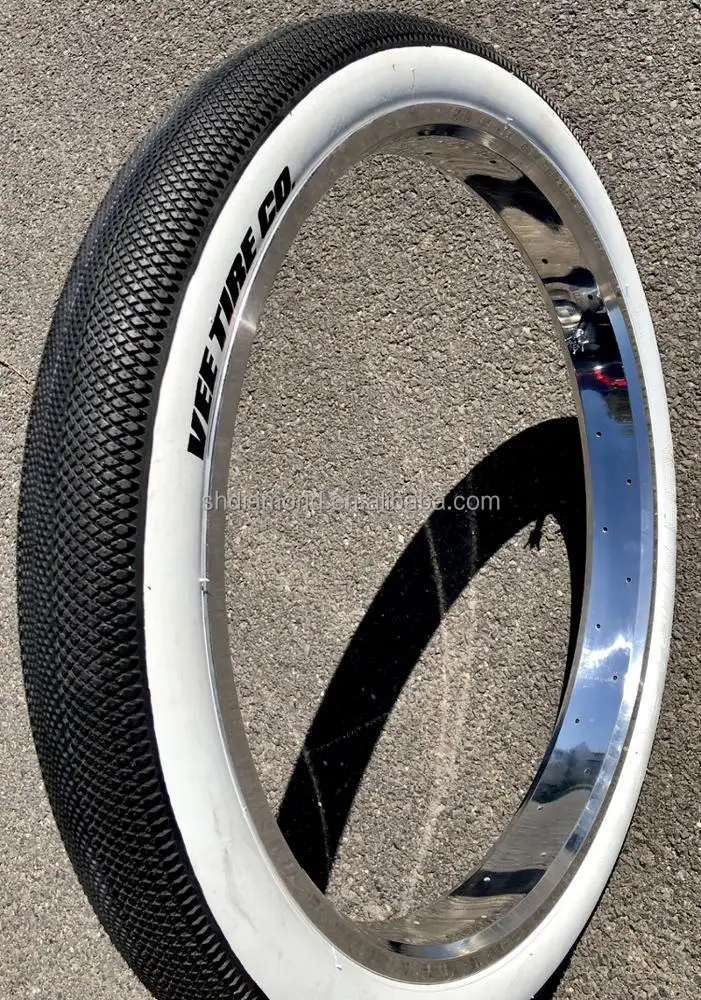
Related materials
Preparing the car for winter: what needs to be done first
Household chemicals are often used in car washes. This is a cheap, effective and harmless method for rubber and its adhesion to an expensive method, which can be offered as a bonus or "gift". It is mainly used for washing glasses, as well as dishes. The first is sprayed onto the sidewall of the tire and rubbed quickly, while the second is applied with a damp sponge. It is not necessary to wash off the compositions.
Also on the forums it is advised to blacken tires with drinks. More often than others, Coca-Cola is mentioned. But because of the sugar in the composition of the cola, it creates a sticky layer, on which dust quickly settles, and is easily washed off in the first puddle.
***
All of the listed products, of course, are inferior to the special compounds sold in auto chemical departments. Their blackening effect is short-lived and does not look so beautiful. In addition, most of them can harm rubber by affecting its chemical composition and reducing its service life. Nevertheless, the described methods are in demand due to their availability and spontaneity, because most motorists do not need to blacken tires every day.
Their blackening effect is short-lived and does not look so beautiful. In addition, most of them can harm rubber by affecting its chemical composition and reducing its service life. Nevertheless, the described methods are in demand due to their availability and spontaneity, because most motorists do not need to blacken tires every day.
However, the safest alternatives to professional tire blackeners are silicone and household chemicals. The latter is usually also cheaper.
Photo: depositphotos.com
Our new video
Were export Zhiguli better than usual? Debunking the myth
Another GAZelle competitor: cheap! Even more!
Frame, four-wheel drive, transparent hood (and 224 mm under it) - the Chinese surprised again
Like this article? Subscribe and you will always be in the know!
Driving in Zen
News smi2.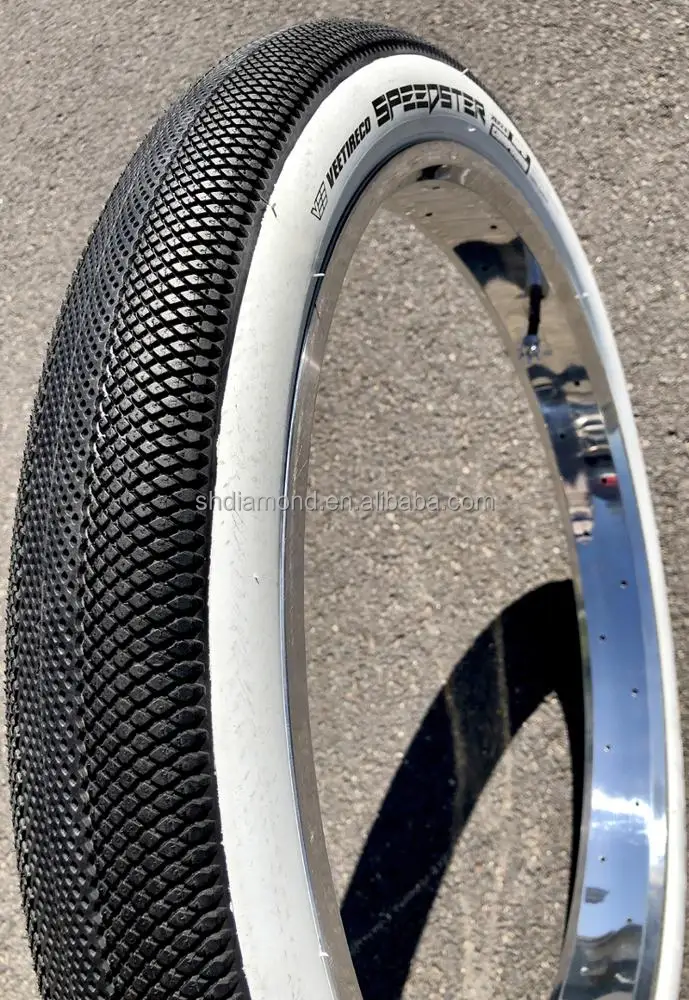 ru
ru
LADA
UAZ
KIA
Hyundai
Renault
Toyota
Volkswagen
Skoda
Nissan
9000 GAZBMW 9000 BMW 9000 BMW 9000 BMW 9000 BMW 9000 BMW
Mercedes-Benz
Mitsubishi
Mazda
Ford
All brands
Continental told about eight simple rules, observance of which will allow the tires to lie without damage for half a year.
Related materials
Quiet and puncture-free: three new tire technologies
Continental says proper storage of removed tires is more important than you might think. Otherwise, the characteristics of the tires may change, and not for the better, and reduce their service life. Moreover, damage caused by improper storage can render tires completely unusable.
First, the tires before storing should be cleaned with detergent, water and a brush.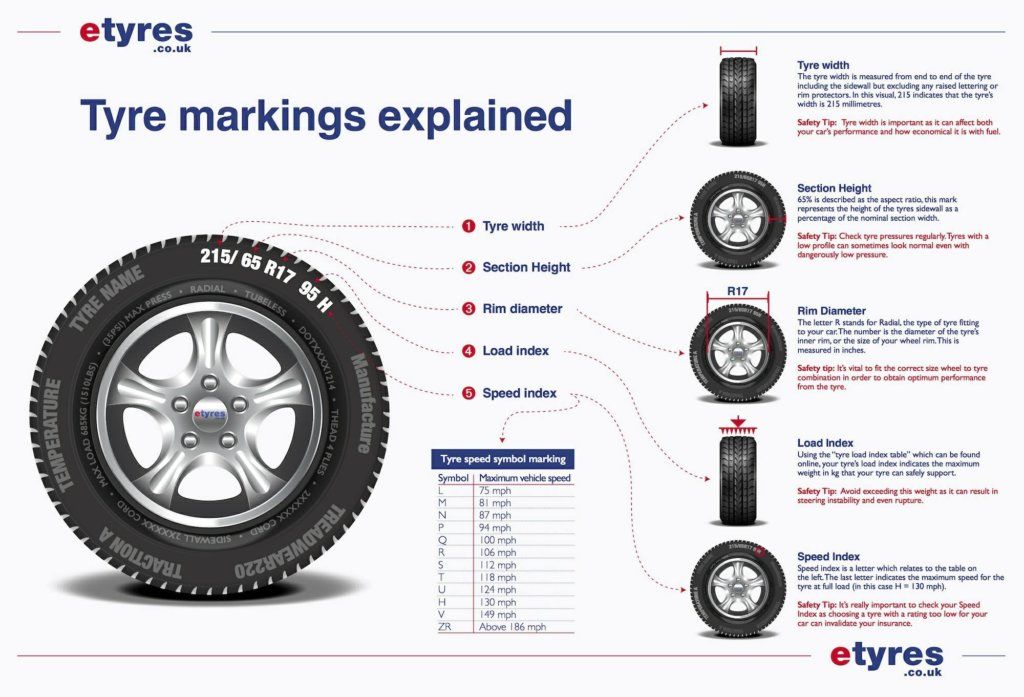 If the tires are stored on disks, then so are the disks. Then they need to be dried properly.
If the tires are stored on disks, then so are the disks. Then they need to be dried properly.
Secondly, under no circumstances should be coated with supposedly protective solutions , as their rubber compound already perfectly resists destructive environmental factors. Unnecessary chemicals are more likely to harm tires than save them.
Thirdly, tires are better to store, by hermetically packing in a plastic bag - each tire separately. Before doing this, it is important to make sure that the bags, like tires, are dry. During packaging, Continental recommends removing as much air from the tire bags as possible. For example, with a vacuum cleaner. Sealed packaging will prevent the oils from evaporating from the rubber compound. Even if you have special tire covers, an airtight bag is required, as the covers themselves are not airtight.
The next rule is do not leave tires in the sun and do not let them heat up. That is, storage on a balcony without a cover or cover is unacceptable.
Rule number five: do not leave tires outdoors , but put them in a cool and dry room without drafts and direct sunlight, with a constant temperature in it. In addition, they must be stored away from heat sources.
The following rule will help prevent the deterioration of the rubber compound as a result of possible exposure to ozone , the source of which can be electric motors, or rather, their contact brushes. That is, it is not worth storing tires near generators, compressors, heaters, switches, as well as with running pumps and built-in vacuum cleaners. Solvents, combustibles and lubricants should not be nearby.
The seventh rule applies to tires with white sidewalls . In the case of storage without packaging, make sure that the white parts of the tires do not come into contact with the black ones. This requirement is explained simply: the composition of the rubber on the white side differs from the composition of the black rubber, the oils of which can stain the white parts of the tire, spoiling their elegant appearance.
The last rule in the list of requirements concerns how tires are stored . Motorists practice three ways of warehousing: vertical placement, stacking on top of each other and hanging on hooks. Of these methods, the most preferred is the first - storage in a standing position. In this case, the load on the tires is minimal. Storage in a stack is also acceptable, but so much if the stack is low and there is no risk of it tipping over. By the way, if your tires are on rims, then it is better to prefer this particular method or hang them on hooks or other holders, moreover, by the rim. Otherwise, there is a risk of edge damage.
By following these simple rules, Continental tires will certainly not stop aging, but their service life will increase significantly. And do not forget to show the tires to a professional after storage of , who will be able to identify defects that have appeared before installation.
